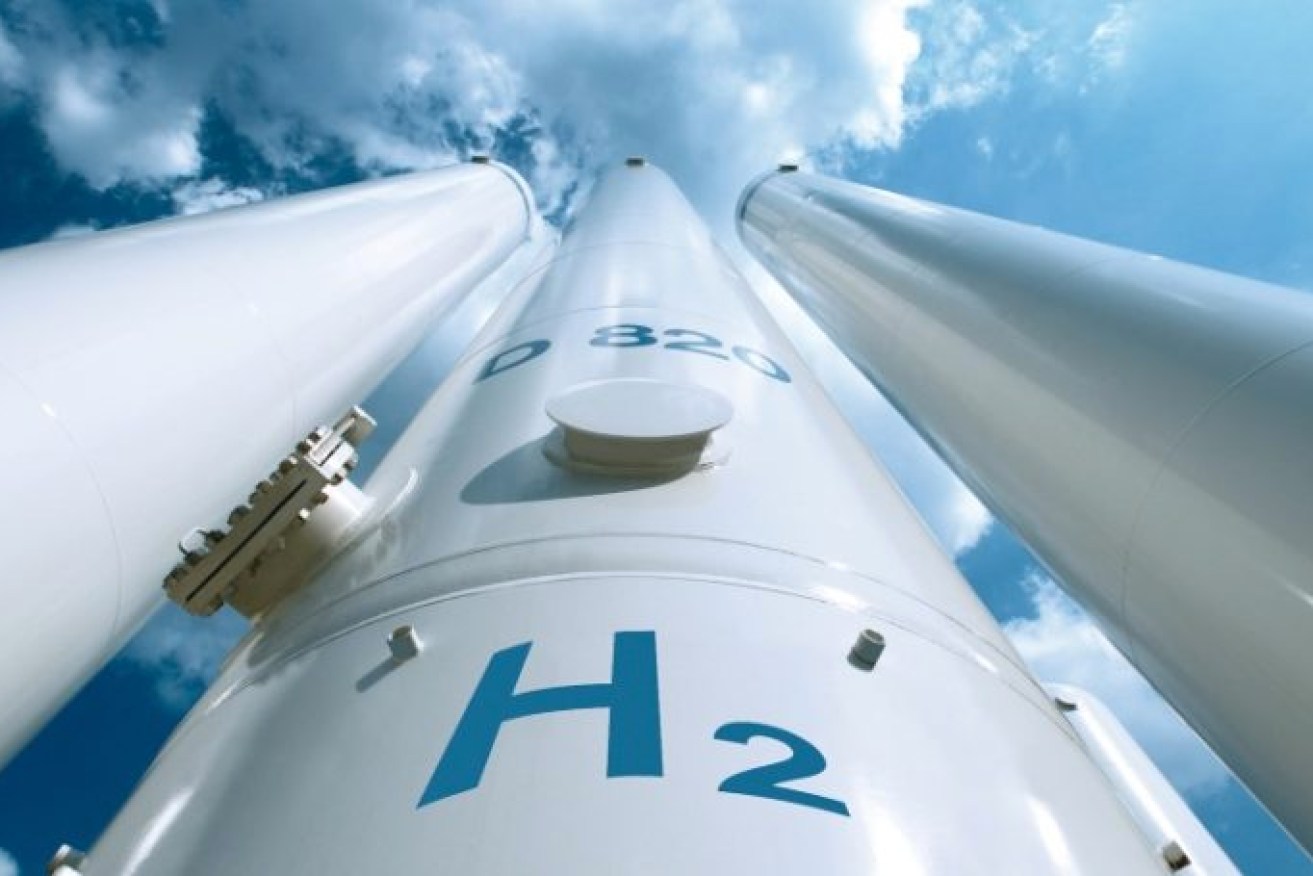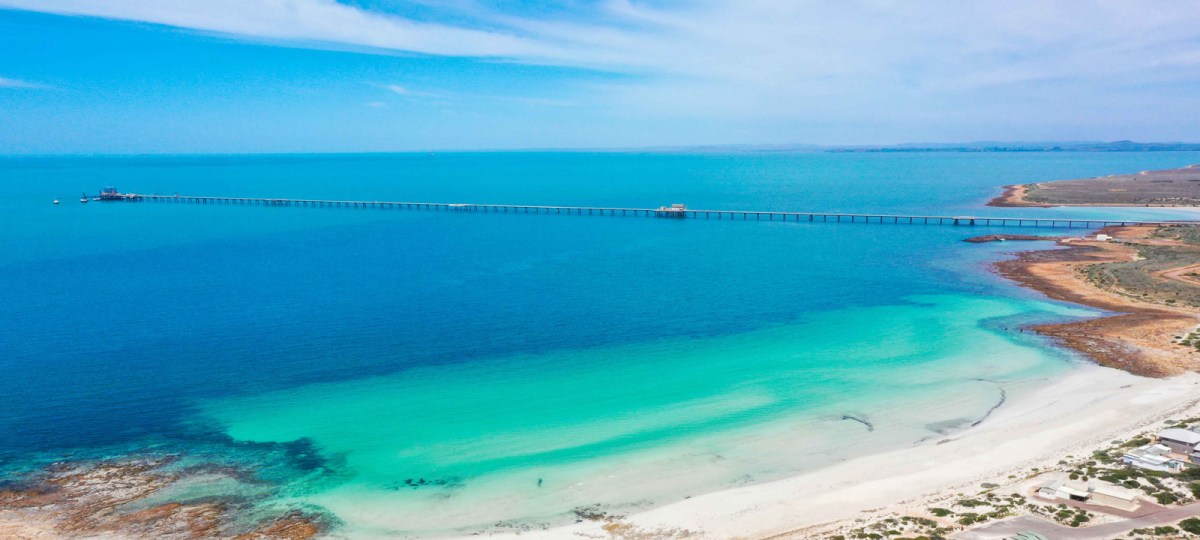Hydrogen conference set to fuel emerging SA industry
More than 700 delegates from around Australia and overseas will attend the Australian Hydrogen Conference 2022 in Adelaide tomorrow and Wednesday as the state’s fledgling hydrogen industry begins to take shape.


There are at least eight hydrogen projects in South Australia in various stages of development, including the $593 million Hydrogen power station and storage facility at Whyalla.
The project includes a 200MW Hydrogen Power Station, 250MWe capacity of hydrogen electrolysers, using excess renewable energy from the region to produce hydrogen, and a hydrogen Storage Facility, holding the equivalent of two months’ operation or 3,600 tonnes of hydrogen to provide additional capacity when required.
While its Hydrogen Jobs Plan was announced in March 2021, Labor only announced Whyalla as the preferred location in March this year, just a few weeks out from the state election.
It said it would form an expert panel to report back within 90 days of the March 18 election to identify the most appropriate parcel of land either owned by the crown or City of Whyalla council in the area of Whyalla and Port Bonython.
The State Government is expected to make further announcements about its hydrogen plans at this week’s conference.
The plans will be delivered by the newly-established Office of Hydrogen Power South Australia.
Energy Minister Tom Koutsantonis said the plan would lower electricity prices for business and industry, create thousands of new jobs for South Australians and unlock the development of a $20 billion pipeline of renewable energy projects.
“The construction of a power station, electrolyser and storage facility in the Upper Spencer Gulf will bring multiple benefits to South Australia and the National Energy Market,” he said.
“We are well on our way to delivering this important election commitment, having appointed Sam Crafter to the Chief Executive position in the newly-established Office of Hydrogen Power South Australia.”
Another major project is the Port Bonython Hydrogen Hub, which was announced last year by the former Marshall state government and received up to $70 million from the Morrison government last month.
Located 16 km from Whyalla in the Upper Spencer Gulf, Port Bonython has an existing deep-water liquid hydrocarbon export terminal, 1700 hectares of developable land, world-class wind and solar resources and gas reserves located nearby.
The state government last year short-listed seven potential projects at the hub involving the companies Santos, Fortescue Future Industries, Origin Energy, H2U, Neoen, Chiyoda, ENEOS Australia, Mitsubishi Australia, and AMP Energy.
Several of the short-listed companies will make presentations at this week’s hydrogen conference in Adelaide.

The Port Bonython hydrogen hub site has access to an existing deepwater port comprising a 2.4km long jetty, which has been approved for a $37 million State Government-funded upgrade. Photo: Supplied
Australian Hydrogen Council CEO Dr Fiona Simon will open the Adelaide Convention Centre conference tomorrow.
Other speakers include Premier Peter Malinauskas, low emissions technology expert Dr Alan Finkel and representatives from major energy companies including Santos, Origin Energy and BP.
Simon said South Australia had the potential to be a leader in ramping up the national hydrogen industry.
“It is competing with other states that also have their pros and cons but we are really looking to South Australia – particularly with its high penetration of renewables – as having some great opportunities to become a leader in a hydrogen market domestically and ideally also play a role internationally,” she said.
“Hydrogen has really come into its own in the past couple of years because the world is ready to de-carbonise and we are starting to see real action combat climate change.”
SA was among the first Australian jurisdictions to release a hydrogen plan when it published its Green Hydrogen Study in August 2017.
The study said that while using hydrogen to make fertiliser products and hydrogen for local buses presented more immediate opportunities, hydrogen export and value add products loomed as viable options by 2027.
Modelling released by the Australian Renewable Energy Agency in 2018 showed Australian hydrogen exports could contribute $1.7 billion per annum to the economy and provide 2800 jobs by 2030 with Japan, China, South Korea and Singapore potential customers.
While a smattering of pilot projects are underway, large scale hydrogen production in the state is still several years away.
Green hydrogen is made with renewable electricity and an electrolyser to extract the colourless and odourless gas from water.
The federal government has named seven Clean Hydrogen Industrial Hub sites around Australia, including Port Bonython.
Simon said the hubs initiative had the support of both sides of politics and was supported by the industry as a whole.
“That is something we’d want to see go ahead because hydrogen hubs are a good way of sharing risk and information and for people learning on the ground about getting hydrogen up to scale because that’s what we need,” she said.
“We need a lot of collaboration and risk sharing in order to take some of the steps required and hubs are a way of doing that.”
In terms of the pre-election commitment by the Malinauskas Government for the Whyalla hydrogen power plant, Simon said it was “really early days”.
“We certainly welcome governments investing in hydrogen and seeking to get the industry up but then it’s a matter of working through what’s feasible and what’s the best way of taking things forward and we’re in the really stages of the conversation with the South Australian Government on that with their jobs plan.
“South Australia is definitely one to watch and they have taken the lead a few times already with hydrogen.”
Other SA hydrogen projects include:
- Australian Gas Networks (AGN) – Hydrogen Park South Australia (HyP SA) – an $11.4 million demonstration project comprising a 1.25 MW electrolyser at the Tonsley Innovation District, the largest of its kind installed in Australia.
- The H2U Eyre Peninsula Gateway Project integrating more than 75 MW in water electrolysis to produce renewable hydrogen.
- Neoen Australia is investigating constructing a renewable 50MW hydrogen production facility at the Crystal Brook Energy Park co-located with its wind, solar and battery production facility, producing up to 25,000kg of hydrogen per day.
- Trafigura Group – Port Pirie Green Hydrogen Project is investigating plans to develop a landmark $750 million hydrogen project to be integrated with the Nyrstar Port Pirie lead smelter.
- Listed company Iron Road announced last week it had engaged WSP Australia to gauge commercial interest in the development of its 1200ha Cape Hardy deep-sea port on Eyre Peninsula as a green hydrogen and industrial precinct.
Simon said Australia was on track to have an established hydrogen industry by 2030.
“Having a world-leading, significant output hydrogen industry is probably closer to the 2030s to 2040, but I do note that with every year we think it’s going to happen sooner because we are seeing enormous progress and the geopolitics of these things is bringing investment through faster,” she said.
“Europe for example is confronting energy security issues right now because of Russia and Ukraine and they are making keen overtures to Australia to look at importing hydrogen to meet their energy security needs.”
Up to 30 delegates from Germany will attend the Adelaide conference this week with a number listed to speak including representatives from the Federation of German Industries and the German Federal Ministry for Economic Affairs and Climate Action.
Simon said Germany had taken the lead globally in seeking to understand the market and wanting to get the industry going.
“Germany is taking its need to de-carbonise very seriously and there’s an additional layer of urgency overlaid on that because they are dealing with no longer engaging with Russia when they had become somewhat dependent on Russian gas,” she said.
“It’s not just Germany but it is the largest economy in Europe and is a leader in this space.”
Simon said she hoped to see some further project announcements and updates across the two days.
“People tend to keep these things pretty close to their chests until the moment of unveiling, I would like to see something announced but the success of the conference doesn’t rely on that,” she said.
“We’re seeing such enormous enthusiasm for people to meet face to face to reconnect and to make contact with people they might have only met over Zoom and we’ve also got a large international contingent.
“We understand this conference is going to be twice the size of the one held in Sydney this time last year and that’s probably a reflection of hydrogen’s ever-increasing profile and people’s interest in it as well as people’s increased ability and willingness to travel.”




